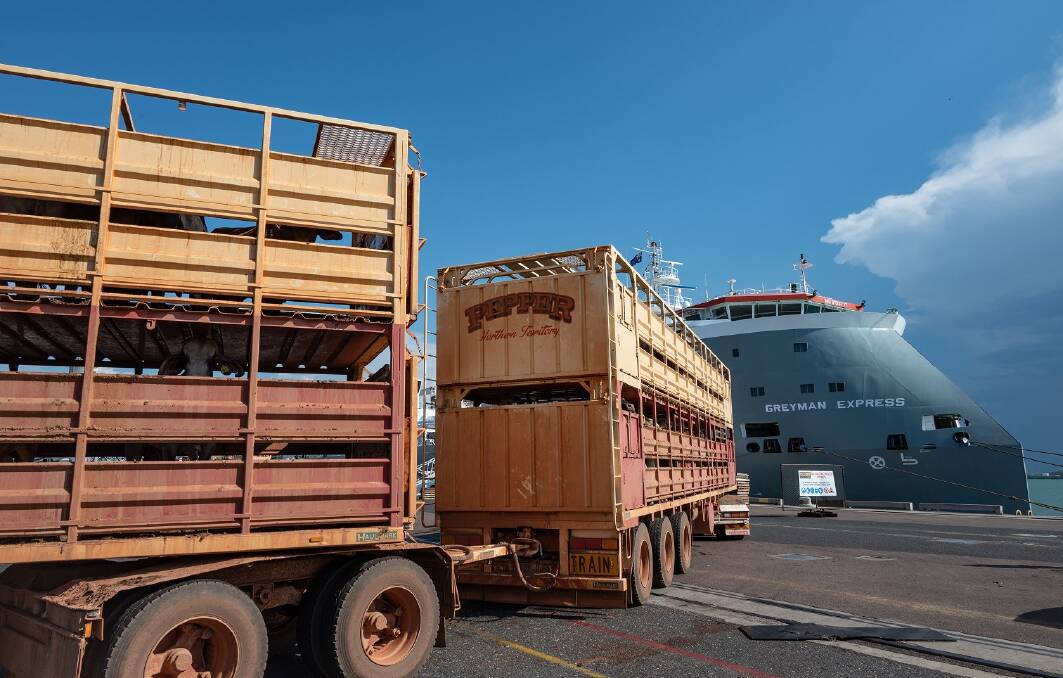
DESPITE the challenges of ongoing high cattle prices in Australia and exotic animal diseases in destination markets, live export boats are leaving northern Australia, tying in with the longstanding theme that demand - particularly from Indonesia - is not diminishing.
December is traditionally a busy period as Indonesian feedlots look to lock in cattle 120 days ahead of the Islamic Eid festival.
This year, exporters say demand is somewhat subdued on the back of the well-documented challenges but Indonesian feedlots are certainly looking to maintain some throughput.
Prices in excess of $5 a kilogram liveweight for Brahman steers, 280 to 380kg, ex-Darwin have been quoted.
Some industry contacts said it was possibly as busy at the moment as it had been at any point this year.
Not many cattle are being spot bought, with most supply coming from the big pastoral houses who strategically park cattle close to the floodplain for this time of year, they said.
Some exporters have also reported a slight uptick in demand from Vietnam.
Also read: Milk prices are up but so is production cost
The latest government figures show total live cattle export volumes lifted 37 per cent in October to hit a monthly record for 2022 of 65,076 head of cattle exported.
Episode3 analyst Matt Dalgleish reported that rise wasn't enough to see the trend move into the normal range expected for this time in the season, however.
The largest export destination for Australian live cattle, Indonesia, was mostly responsible for the increase, with numbers sent to Indo the highest seen in 2022 and now sitting just 13pc under the five-year average level for October, Mr Dalgleish reported.
Lumpy skin update
Meanwhile, lumpy skin has now been confirmed to be present in East Java, the closest point yet to Australia.
Very little official Indonesian government data on the spread of lumpy skin has been available due to the focus on foot and mouth disease, so many industry people believe it has been in East Java for some time.
Australian Livestock Exporters Council chief executive officer Mark Harvey-Sutton said the Australian industry was constantly monitoring progression of the disease and it remained a concern, however there were very strong systems in place supporting the vaccination rollout in Indonesia.
"We are confident all that is possible to manage it is being done," he said.
Vaccination of local Indonesian cattle in the vicinity of feedlots, for both LSD and FMD, received a big boost with the recent announcement of a $1.2 million grant from the Australian Government.
The grant went to research and marketing body LiveCorp to deliver the assistance to those on the ground in Indonesia.
LiveCorp chair Troy Setter said many of the farmers surrounding feedlots were small holders who had just one or two animals, and this money would help to protect their livestock and their livelihoods.
"This grant will also help to create buffer zones around feedlots and other facilities where Australian-bred cattle are being held," he said.
Mr Setter said the number of Australian-bred cattle in Indonesia was starting to pick up again, and those being imported these days were being vaccinated on arrival.


